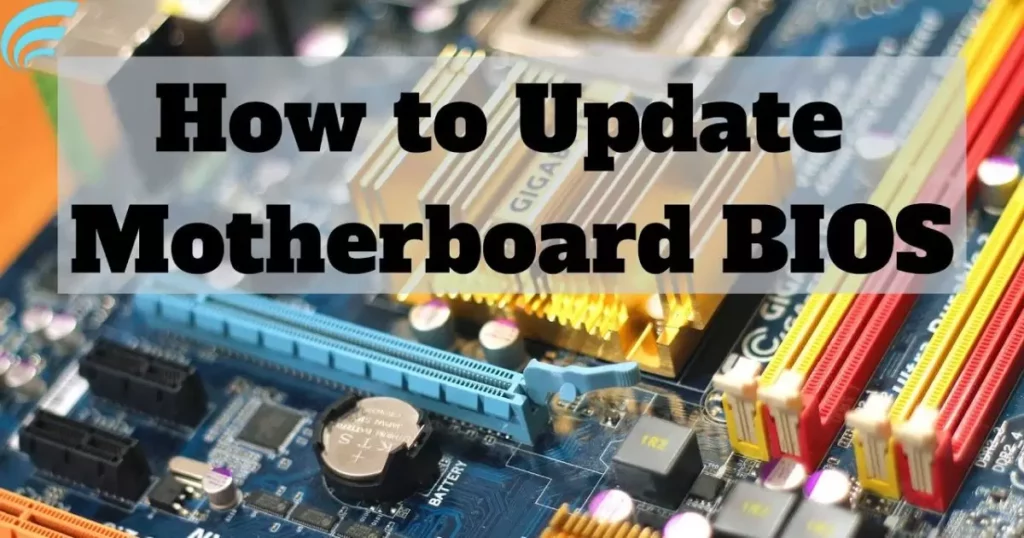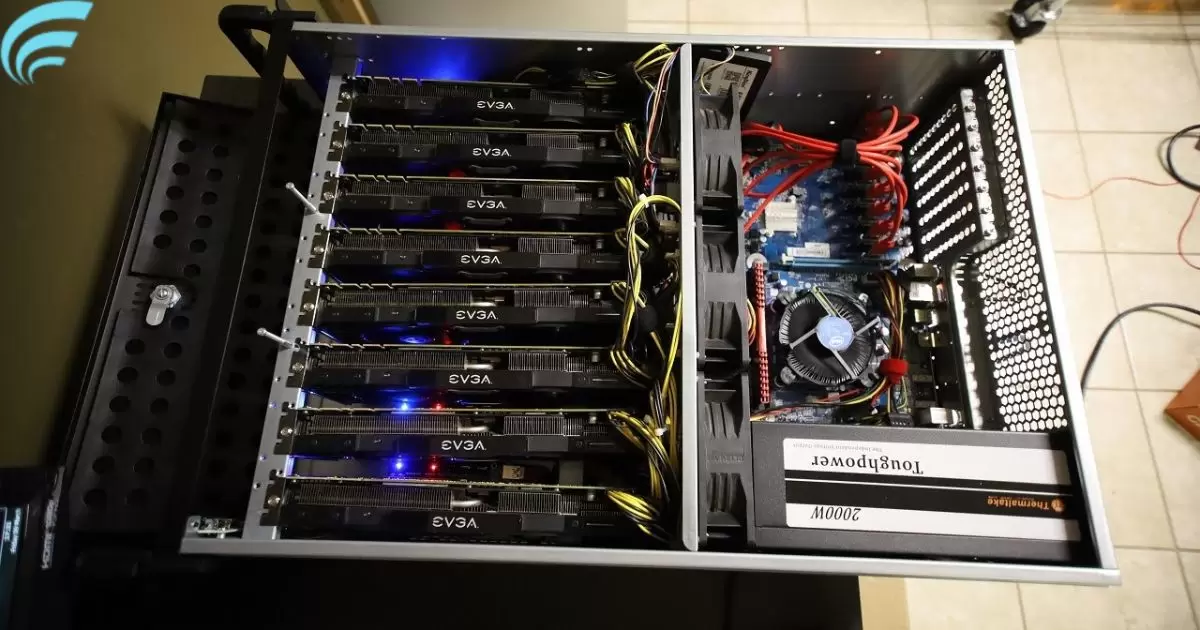The compatibility between graphics cards and motherboards varies based on several factors. Graphics cards and motherboards must align in terms of PCIe slot generation and form factor. The power supply unit (PSU) should have sufficient wattage and the necessary connectors to support the graphics card. While compatibility is essential, selecting the right combination of components ensures a smooth and efficient PC build.
Are you about to embark on a PC-building journey and wondering, Do All Graphics Cards Work With All Motherboards? Discover the essential factors that determine compatibility and make informed choices for a seamless and powerful PC build. Don’t miss out on this guide that ensures your components work together flawlessly.
Graphics card and motherboard compatibility are crucial considerations for any PC builder. Not all graphics cards work with all motherboards, and compatibility depends on factors such as PCIe slot generation, form factor, and power supply support. Understanding these factors is essential for a successful and hassle-free PC build. By researching and selecting components that align with your motherboard’s specifications, you can ensure a smooth and efficient computing experience.
Factors Affecting Graphics Card and Motherboard Compatibility
PCIe Slot Compatibility
- PCIe Generation: Graphics cards and motherboards often use PCIe (Peripheral Component Interconnect Express) slots for connectivity. Compatibility can depend on the generation of PCIe used. Common generations include PCIe 3.0 and PCIe 4.0. Generally, newer graphics cards are backward compatible with older PCIe slots, but it’s essential to check for any specific requirements.
- Physical Slot Size: PCIe slots come in various sizes, with x16 being the most common for graphics cards. Smaller slots like x8 and x4 may not offer optimal performance or be compatible with larger graphics cards.
Form Factor Compatibility
- Motherboard Form Factor: Motherboards come in different form factors, such as ATX, micro ATX, and mini ITX. Ensure that your chosen graphics card fits within the case and on the motherboard without obstructing other components.
- Graphics Card Size: Graphics cards also come in various sizes, with larger cards typically offering better performance. Check that the card’s dimensions match your motherboard’s available space.
Power Supply and Connectors
- Power Supply Wattage: High-end graphics cards often require a significant amount of power. Check that your power supply unit (PSU) can deliver the necessary wattage to support the graphics card and has the required PCIe connectors.
- PCIe Power Connectors: Some graphics cards may require additional power through PCIe power connectors. Ensure your PSU has the right connectors for your chosen graphics card.
Bios and Firmware Updates
Motherboard Bios: Occasionally, a motherboard may need a BIOS update to recognize and fully support newer graphics cards. Always check for motherboard BIOS updates before installing a new GPU.
Compatibility Lists and Certification
Motherboard Manufacturers: Some motherboard manufacturers provide compatibility lists on their websites. These lists specify which graphics cards have been tested and confirmed to work with specific motherboards. Checking these lists can be a helpful step.
Common Graphics Card and Motherboard Compatibility Scenarios
Let’s dive deeper into common compatibility scenarios to illustrate the intricacies of matching graphics cards with motherboards.
Scenario 1: A Newer Graphics Card on an Older Motherboard
You have an older motherboard with a PCIe 3.0 slot and want to install a brand-new graphics card that supports PCIe 4.0. In most cases, you can install the new graphics card into the older slot, but it will operate at the older PCIe 3.0 speed. The graphics card should still work, but you won’t fully harness its potential speed.
Scenario 2: Small Form Factor Motherboard and Large Graphics Card
You own a mini ITX motherboard with limited space, but you desire a high-end graphics card that doesn’t fit within the case. In this case, you might need to switch to a larger motherboard or select a smaller graphics card to maintain compatibility.
Scenario 3: Inadequate PSU for Power-Hungry Graphics Card
You wish to install a powerful graphics card, but your power supply doesn’t provide enough wattage or lacks the required PCIe connectors. Here, you’ll need to upgrade your power supply to ensure compatibility and prevent potential damage to your components.
Compatibility and Gaming Performance
While ensuring compatibility is essential, it’s worth noting that graphics card and motherboard compatibility don’t necessarily dictate gaming performance. Factors like the CPU, RAM, and the game’s requirements also play a significant role in determining how well your system performs.
In most cases, once you’ve resolved compatibility issues, you can expect a graphics card to work effectively for gaming, provided that it meets the game’s requirements and is coupled with an appropriate CPU and memory.
Tips for Ensuring Compatibility
To minimize the risk of compatibility issues between graphics cards and motherboards, consider the following tips:
Research Before Purchase
Before buying a graphics card, research both the card’s specifications and your motherboard’s compatibility. Look for official documentation, compatibility lists, and user experiences to gather information.
Check Slot Sizes and Form Factors
Verify that your motherboard has the correct PCIe slot size and form factor to accommodate the graphics card. Also, check if the card’s dimensions fit comfortably within your case.
Power Supply Evaluation
Assess your power supply unit’s wattage and check if it provides the necessary PCIe connectors. If not, consider upgrading your PSU.
Update Motherboard Bios

Updating your motherboard’s BIOS is a crucial but often overlooked aspect of maintaining your computer’s performance and functionality. The BIOS (Basic Input/Output System) is firmware that acts as the interface between your operating system and the hardware components. It contains essential instructions for your computer to start and operate correctly. Regularly updating your motherboard’s BIOS can bring various benefits, such as improved system stability, compatibility with new hardware, enhanced security, and better performance.
It’s essential to proceed with caution when updating the BIOS, as an incorrect or interrupted update can lead to severe issues. Always ensure you follow the manufacturer’s instructions carefully, back up your existing BIOS settings, and have a stable power source to prevent any mishaps during the update process. By keeping your motherboard’s BIOS up to date, you can ensure your computer runs smoothly and takes full advantage of the latest hardware and software advancements.
Consider Future-Proofing
If you’re investing in a high-end graphics card, ensure that your motherboard can support it and has room for potential upgrades in the future.
Incompatibility Solutions
Sometimes, despite your best efforts, you might encounter compatibility issues. In such cases, there are a few potential solutions:
Upgrade the Motherboard
If your motherboard lacks the necessary slots or connectors, upgrading to a more compatible motherboard might be the best solution.
Select a Different Graphics Card
Choosing a graphics card that aligns with your current motherboard’s capabilities is an effective way to ensure compatibility.
Adjusting Slot and Component Placement
In some cases, adjusting the placement of components within the case can help make space for a larger graphics card.
Use PCIe Adapters
In unique scenarios, PCIe adapters can be used to convert one slot type into another. This solution should be considered a last resort due to potential performance limitations.
Final Thoughts
In the world of PC building, ensuring that all graphics cards work with all motherboards isn’t always straightforward. Compatibility hinges on a range of factors, including PCIe slots, form factors, power supply, and BIOS updates. It’s crucial to perform your due diligence through research and planning to guarantee a seamless build and avoid potential compatibility pitfalls.
In the grand scheme of gaming and performance, factors like CPU, memory, and the specific demands of your applications also play significant roles. By addressing compatibility concerns and having a clear understanding of your components, You can maximize your PC’s potential and enjoy a superior computing experience, especially when you need a Graphics card with the Ryzen 5 5600x.
FAQs
Are all PCIe slots on motherboards the same?
No PCIe slots can vary in terms of generation (e.g., PCIe 3.0, PCIe 4.0) and physical size, affecting graphics card compatibility.
Can you use a high-end graphics card with a budget motherboard?
While it’s possible, a budget motherboard may limit the performance potential of a high-end graphics card due to fewer features and connectivity options.
Do older motherboards support the latest graphics cards?
Older motherboards may require BIOS updates to recognize and fully support newer graphics cards, ensuring compatibility.
Is power supply wattage essential for graphics card compatibility?
Yes, having a power supply with sufficient wattage is crucial, especially for high-end graphics cards, to avoid system instability.
What is the role of a graphics card’s form factor in compatibility?
The graphics card’s physical size (form factor) should match the motherboard’s available space, ensuring it fits comfortably within the case.
Can adapters make any graphics card work with any motherboard?
Adapters can help in certain situations, but they should be a last resort due to potential limitations in performance and functionality.
Conclusion
The question is: Do all graphics cards work with all motherboards? is not a straightforward one. Compatibility hinges on multiple variables, including PCIe slot generation, form factor, and power supply support. While it might seem daunting, taking the time to research and understand these factors can lead to a successful and seamless PC build.
Ultimately, ensuring compatibility between your graphics card and motherboard is a critical step to avoid potential complications and bottlenecks in performance. By carefully selecting components that work in harmony with your motherboard’s specifications, you can embark on your PC-building journey with confidence, knowing that your system will operate efficiently and deliver the performance you desire.











